The Hidden Hero: Rhetoric of the Mask in Arrow
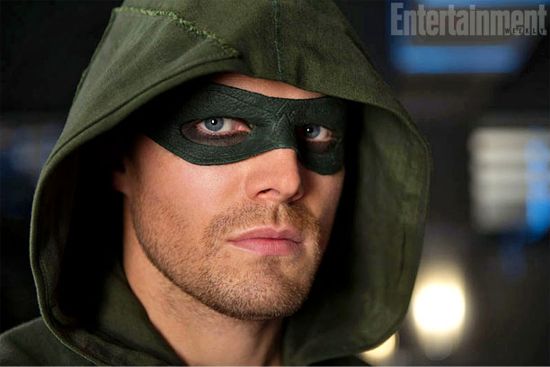
Image Credit: comicbook.com
The television show Arrow features a cadre of non-superhero vigilantes, superpower-free men and women who succeed in fighting bad guys through a combination of training, intelligence, and deft manipulation of technology. They must also rely on technology and trickery to protect their true identities. The major technology that the characters in Arrow use for this purpose is a simple one: the mask.
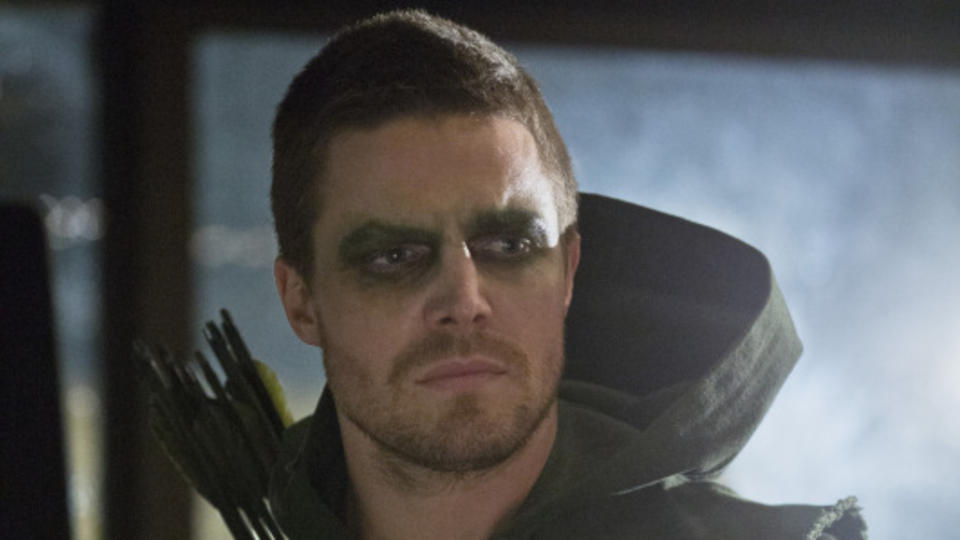
Image Credit: bostonherald.com
When Oliver Queen first begins his quest to save Starling City, he depends mostly on his hood to conceal his identity when he is being The Arrow. He smears greasepaint over his eyes to obscure his features, but when he wants to reveal himself as Oliver Queen to his friend Tommy, he simply lifts his hood and speaks in his natural voice. Only when the scientist Barry Allen, later to become the Flash, provides him with a comfortable mask that perfectly conforms to his face does he switch over to the more effective means of concealment. After that point, he’s not recognized as Queen even with his hood off. The simple mask is a powerful enough technology within the world of the story to prevent people from recognizing the extremely well-known Oliver Queen.
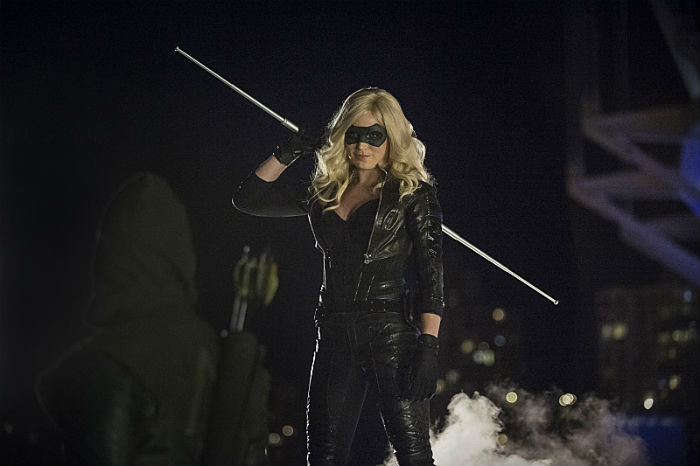
Image Credit: docbrowntv.com
Sara Lance as the Canary
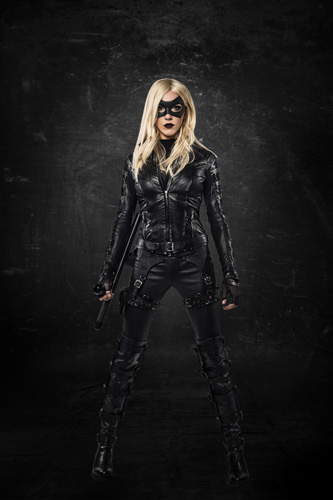
Image Credit: docbrowntv.com
Laurel Lance as the Black Canary
The efficacy of masks in the show is not consistent, however. Like the disguises of characters on the Renaissance stage, they are generally ironclad to the point where the other characters seem extremely dense when they don’t recognize the disguised person. When Laurel Lance is impersonating her sister Sara, she puts on Sara’s Canary outfit and mask to speak to her father so that (SPOILER ALERT) he’ll think Sara is still alive. She is able to fool Detective Lance into thinking that she is Sara, even though they are his daughters and are significantly different in height and body type. Occasionally, though, a perceptive character will see through the mask. Sara’s friend Sin is able to recognize that someone else is pretending to be Sara because the woman she thinks is Sara doesn’t acknowledge her presence, something Sara would never fail to do. So the mask is able to conceal differences in physical appearance, but it can’t necessarily obscure differences in behavior.
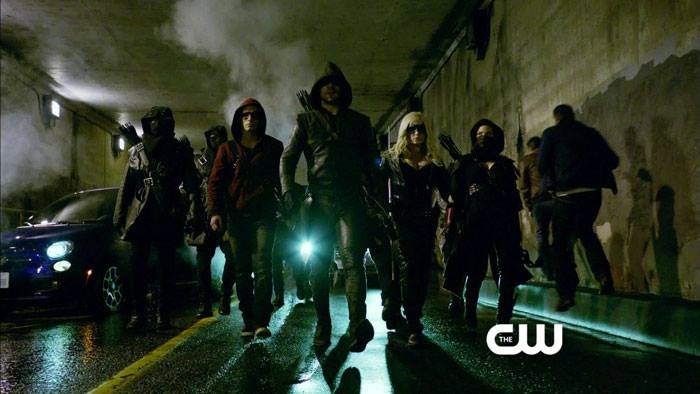
Image Credit: bamsmackpow.com
The rhetoric of the mask argues that one’s face is one’s identity – if the face is obscured, the person is anonymous. The mask is a convenient choice on a practical level because it’s not enough of a disguise to fool the audience. The idea that it’s generally enough to hide the identity of the hero from those who would seek to penetrate it is a conceit that we have to accept when we watch the show. When the show itself then plays with that conceit for dramatic purposes (such as revealing information to a character) we continue to accept that the mask still disguises the heroes from most people’s perception. Anonymity is crucial for heroes outside the law, as the current plot in which (SPOILERS) The Arrow’s identity is revealed to Starling City at large makes clear. The Arrow can’t help anyone if everyone knows he’s Oliver Queen. So we must believe that he can hide his identity. We must believe in the mask.



Add new comment